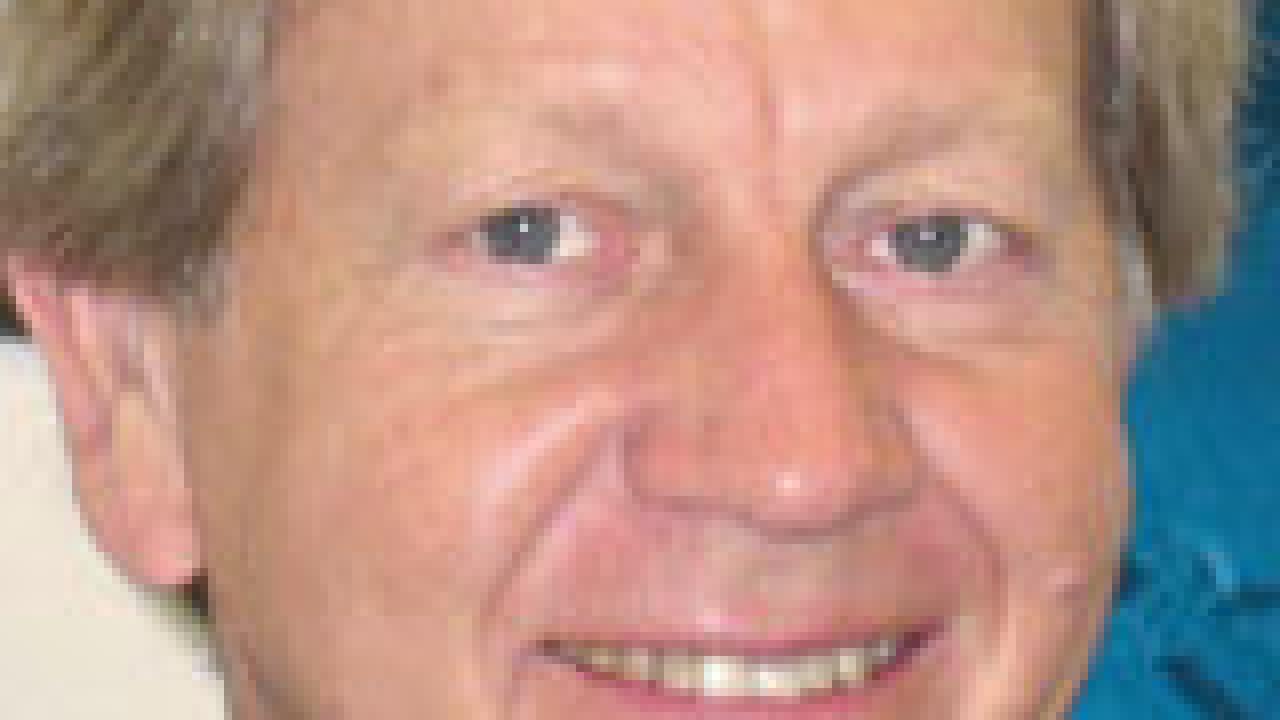READ AND SEE MORE
Warren Pickett: “Professor optimistic about U.S.-Iran science”
Mary Christopher: “Fulbright Scholarship in the midst of the 2011 Egyptian Revolution”
Christopher’s photo exhibition, “A Fulbright in Egypt: Continuity Amid Change,” is on display in Gladys Valley Hall through June. A program and reception, free and open to the public, is scheduled from 4 to 6:30 p.m. Wednesday, April 9. The program includes:
- Noha Radwan, associate professor of Arabic and comparative literature, talking about the revolution.
- Sharif Aly, assistant professor of veterinary epidemiology and biostatistics, talking about veterinary medicine in Egypt.
Christopher will be available for questions and informal discussion, 5-6:30 p.m.
Professor Warren Pickett and two other U.S. physicists emerged at least a nanoscopic bit hopeful of closing “the scientific chasm” between the United States and Iran, after conferring recently with Iranian government and university officials.
Veterinary professor Mary Christopher, caught in the Egyptian revolution of 2011, has assembled photos from her trip, in an exhibition that covers a range of subjects, from the continuity of life amid wrenching and often violent political and social change, to the animals of Egypt.
Here is more about each professor’s journey, as told in this story on Pickett (on the College of Letters and Science website) and this story on Christopher (on the School of Veterinary Medicine website):
Warren Pickett, distinguished professor of physics, was in Iran with two other U.S. physicists: Paul C.W. Chu, University of Houston, recipient of the National Medal of Science; and Nobel Laureate Anthony Leggett, University of Illinois at Urbana-Champaign.
Each of them gave a plenary lecture and a contributed scientific lecture at the fourth National Conference on Advances in Superconductivity Conference in Tehran, and a public lecture. They also accepted appointments as adjunct professors at Sharif University of Technology, and joined as scientific advisers in the nascent International Research Collaboration on Physics of Advanced Materials, housed in the physics department at Sharif University.
The U.S. physicists also conferred with a variety of government and university officials as well as faculty about the challenges facing Iranian science and the vision for scientific progress, with a focus at this time on international collaboration at the person-to-person level to assist Iranian scientists in keeping abreast with modern developments.
“The three scientists had the opportunity to witness an item of current Iranian historical note. At a concert – one might say an Iranian opera – that they attended at the National Theatre in Tehran, a woman’s solo voice was heard in mixed company in public for the first time since the 1979 revolution.”
•••
Mary Christopher left for Egypt as a Fulbright Scholar in November 2010, and the revolution began two months later. “Her work, which began in the relative calm and security of the Mubarak era, continued after the initial revolt amid an atmosphere of hope and euphoria, but also uncertainty about the future.”
As a veterinary pathologist and researcher, she had a long list of proposed activities for her term as a Fulbright Scholar. “But the dawn of Egypt’s revolution forced her to make adjustments — in the process, Christopher said, she discovered more about her inner strength and gained a deeper appreciation and compassion for a complex culture.”
She spent two months in Greece at the height of the tension, then returned to Egypt to teach and interact widely with universities and ministries to support the development of diagnostic, teaching and human resources for animal and public health; advance strategic plans in veterinary educational quality; and help enhance international competitiveness in scientific publication.
Her photos and informative captions tell a compelling story of her journey and of the continuity of life in Egypt even as this most populous of Arab nations was undergoing wrenching and often violent political and social change.
Her images also focus attention on the animals of Egypt, their intimate connections with people, and the intersections of culture, politics and religion.
Follow Dateline UC Davis on Twitter.
Media Resources
Dave Jones, Dateline, 530-752-6556, dljones@ucdavis.edu
